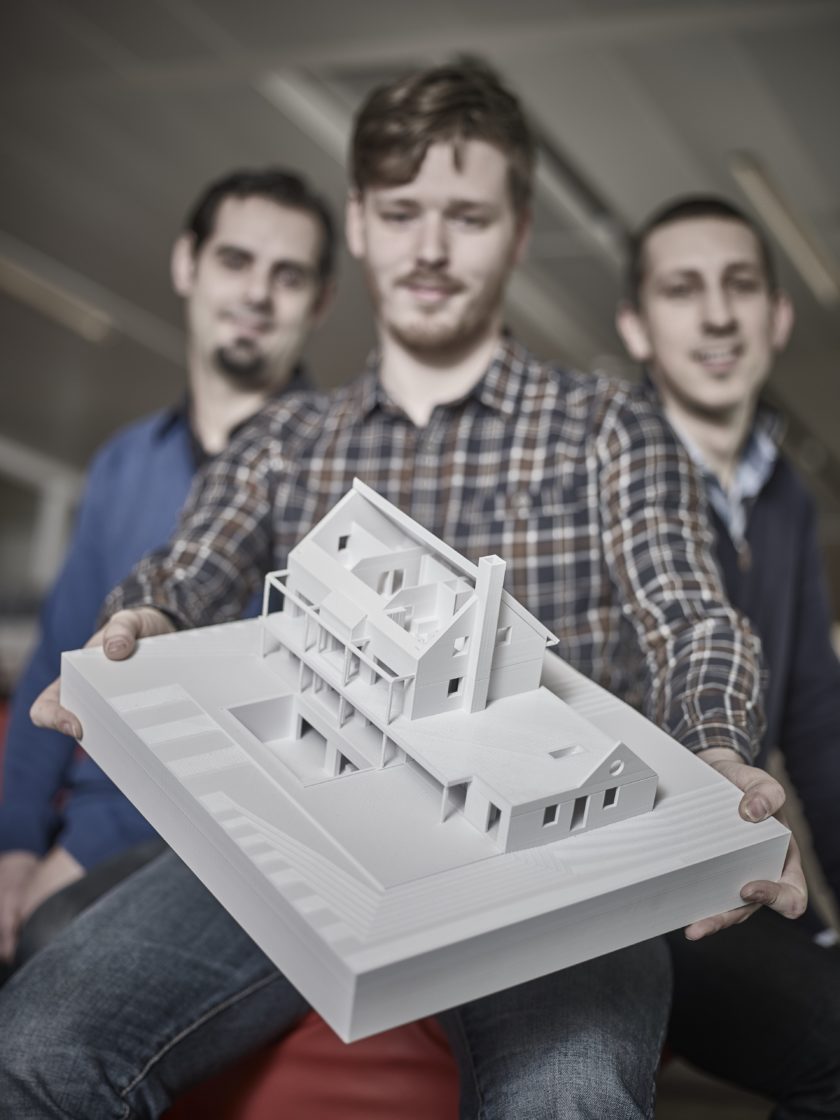Wouter Vandenneucker, passionate about manufacturing and 3D printing, discovers additive manufacturing in a fab lab (makerspace). 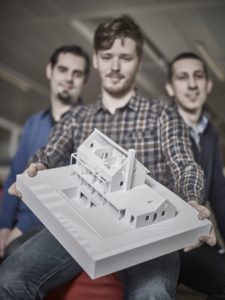 During his bachelor studies, he had to create websites for SMEs. During that period, he met Jens Raskin, finance specialist and a few times later, Kristof Phillipaerts, a true 3D printing professional.
During his bachelor studies, he had to create websites for SMEs. During that period, he met Jens Raskin, finance specialist and a few times later, Kristof Phillipaerts, a true 3D printing professional.
All three of them realized after analysis, that SMEs need support in their 3D printing projects. Aware of the potential of their respective professional skills, they created CR3DO, while Wouter was still studying.
Three years later, two awards in hand, CR3DO keeps growing while positioning itself as a provider of 3D printing services.
Today, Wouter, one of the co-founders, shares their early stages, challenges and lays emphasis on the positioning of the company in a market where the need is real.
What issues CR3DO wanted to address?
Our goal was to provide 3D Printing services to SMEs. After an analysis, we realized they encounter 3 main challenges in this regard:
- They do not often know which technology and which materials are available and appropriate for their needs;
- They do not know how to design a part specifically for the 3D printing technology. When you make use of FDM for instance, you should be aware of a set of restrictions that you should apply; restrictions that do not exist when you exploit SLS technology.
- They are looking for a partner that can help them in the 3D printing of their files.
We wanted to address these issues. However, it was impossible for us to buy every single type of 3D printer, because of costs. The idea at the beginning was to connect the main stakeholders via a platform. We tried to launch it in 2016, but the results were not conclusive.
We therefore undertook a new direction. We knew that 3D printing was making its marks within 9 sectors and decided to focus our offering on one specific sector: architecture.
Today, CR3DO offers consulting, design and 3D printing services in the architecture sector.
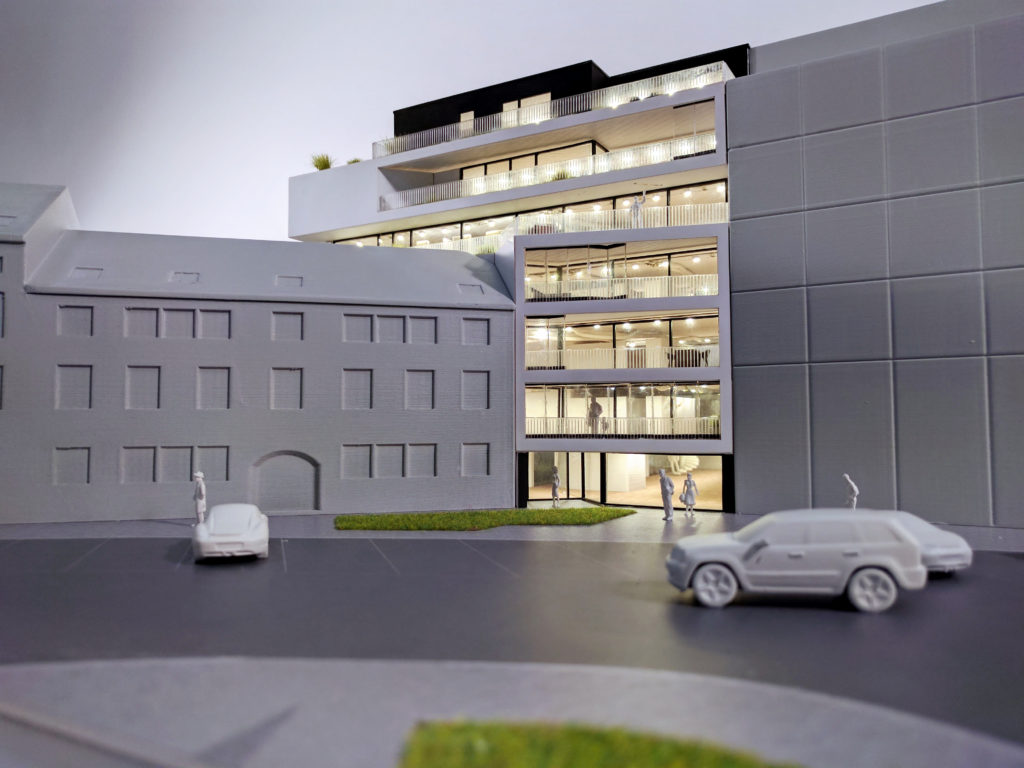
Why architecture?
We knew the market (we still do), and we already had a couple of clients (projects’ developers, architects, real estate companies, architecture offices).
They only need to tell us a story and we will make it real. We help them to convey the message that they want their building to portray.
What are the main difficulties you encountered?
The main problems I think are the same many start-ups faced: time and money.
There are only 24 hours in a day, a lot of work, and you only have a small amount of money…so you really need to make sacrifices on the things you can do in a day and your goals taking into account the following year.
Also, we should have taken the decision to go for architecture sooner but we thought we had more margins.
How do you manage to 3D print all these parts? Do you work in collaboration with other companies?
We do have a couple of 3D printers here and we also work in collaboration with other companies such as Materialise, and other partners who also have professional 3D printers.
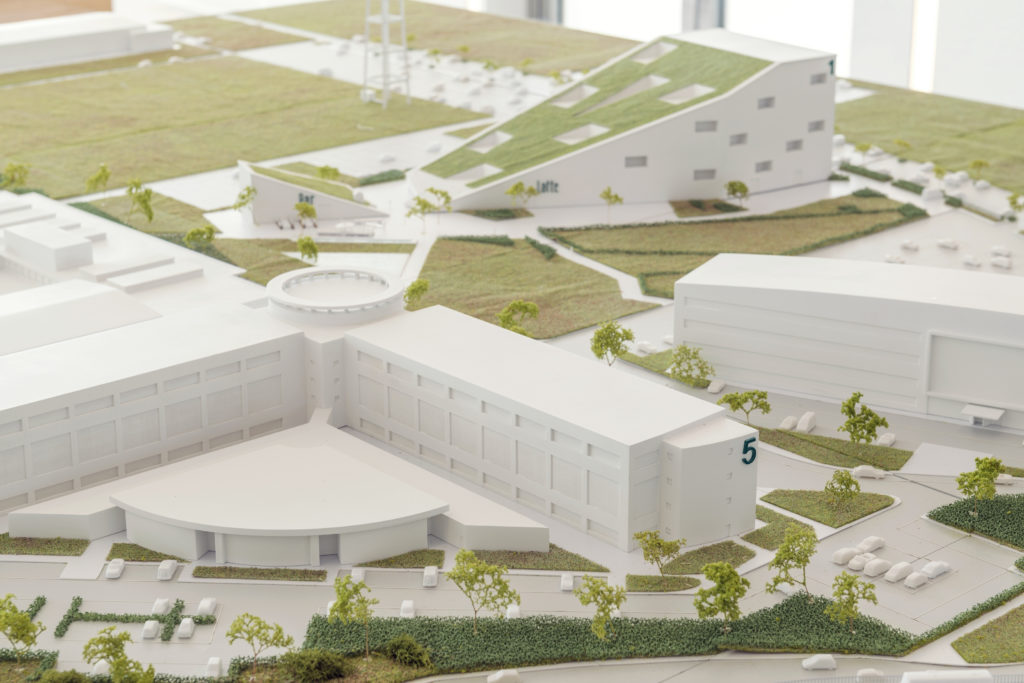
What are the highlights of CR3DO in 2017?
Since we decided to choose architecture as our core business (in 2016), we needed to get our bearings on the market. We collaborated with a wide range of big companies like Besix. Our aim then was to earn their trust.
Now, we are in the position where 40% of our clients are regular customers, it means they are satisfied with our services.
We have also started experimenting with closing the gap between physical 3D models on the one side, and VR on the other side. We believe that the key is in making 3D models interactive. That was one of the main highlights of 2017.
We will continue with this vision this year, and very soon we will release our first commercial 3D model interactive.
What do you think then of the use of 3D printing (nowadays) in general?
6 years ago, there was a media hype around the 3D printers’ market. It was hard for people to realize the potential of the technology and today, it is used in a wide range of areas including the medical industry. It’s an ecosystem, there are many things we can do with this technology…in that sense, there are many type of machines for various sectors of activity.
We are finally seeing 3D printing flourishing and people are increasingly aware of its scope and potential in industries.
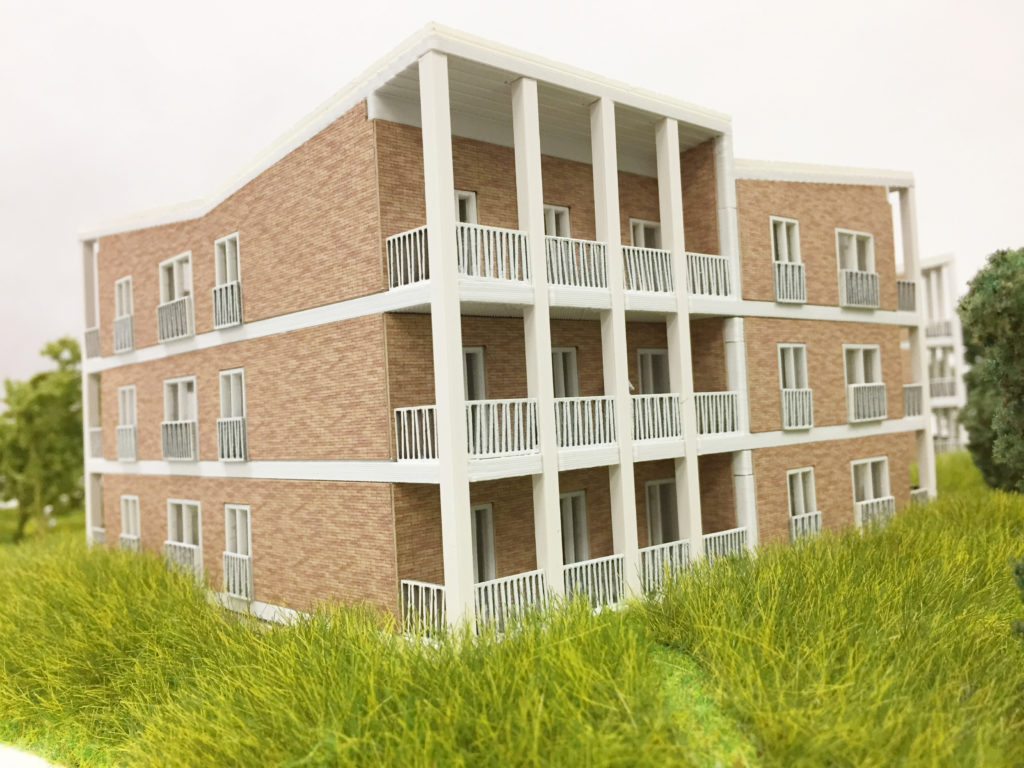
In Belgium?
Belgium has always been a very good reference in engineering, and technology.
In other countries such as Spain, a lot of production companies also start to mark their territory. With regard to the projects that are currently being prepared, Belgium stands as “a standard” compared to neighbouring countries, Germany being the exception of course.
In the Netherlands, most of the professionals or amateurs consider the 3D printing technology as a hobby. We are literally at the cross road of those three injections. We know what we are doing, the usefulness of our projects exceeds those of our neighbouring countries.
Expectations for 2018?
Of course, we still want to grow. We are welcoming other talents in our team: one in the modeling part, and another, in interior decoration.
We also want to provide full scale solutions. We believe that the building sector will increase its requirements, that’s why we need to upgrade our solution in order to meet this increasing demand.
Rather than just keeping architecture in its domain, we want to extend our offering by starting to build things full scale for our clients, the idea being to bring out living solutions than just houses.
Last word?
As far as 3D printing in the construction is concerned, we realized 2017 was a fantastic year. When we look at the way we have started this year, we actually notice that things are going faster, meaning that 3D printing in construction will be booming this year, more than last year and we are very excited to see what 2018 will bring in that regard.
For further information about 3D Printing, follow us on our social networks and subscribe to our newsletter!
//pagead2.googlesyndication.com/pagead/js/adsbygoogle.js
(adsbygoogle = window.adsbygoogle || []).push({});



